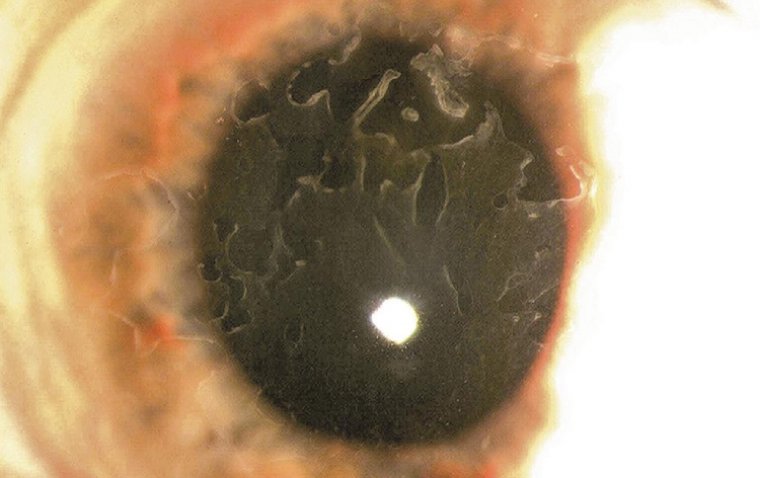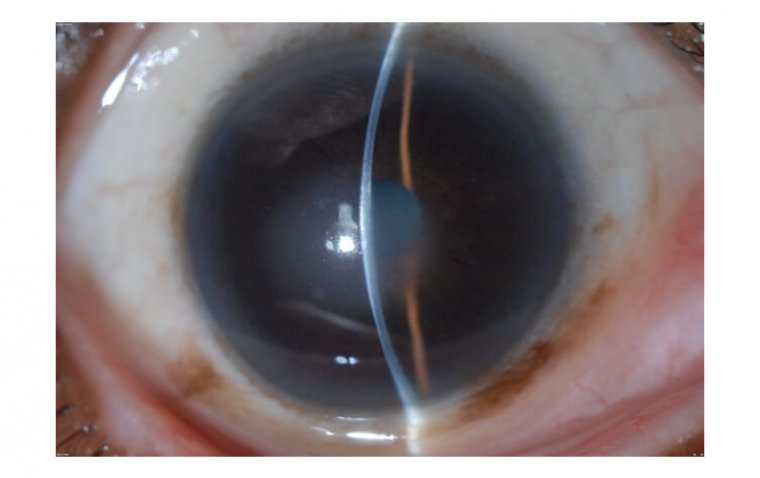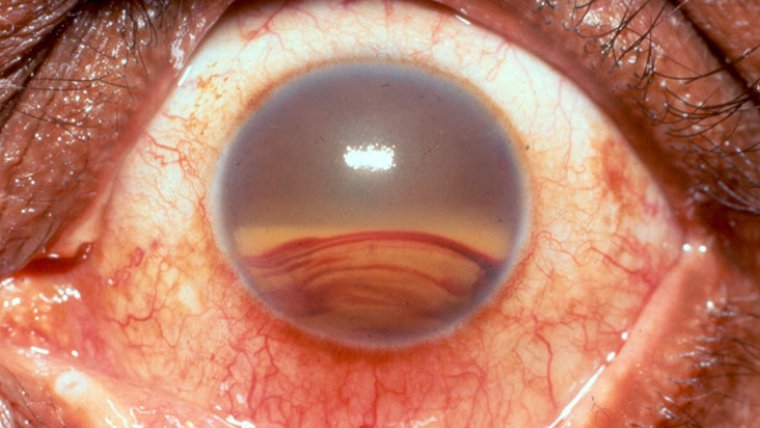
Lamprey's Eye Disease: Separating Fact from Fiction
Lamprey Eye Disease, also known as "Lamprey Disease," is a hoax that has been circulating on the internet for several years. The hoax claims that a parasitic fish known as the lamprey is responsible for a disease that can cause blindness in humans. However, there is no scientific evidence to support the existence of such a disease and multiple reasons why it is a hoax.
What is a Lamprey? Understanding the Parasitic Fish
Firstly, the lamprey is a parasitic fish that attaches itself to other fish and feeds on their blood. While the lamprey can cause damage to the fish it attaches to, it is not known to be harmful to humans. Additionally, the lamprey is not found in most parts of the world, making it unlikely that it would be a significant public health concern.
The lamprey is often found in coastal and freshwater areas of North America and Europe, primarily known for its eel-like appearance and distinct circular mouth full of teeth. Although lampreys are indeed parasitic, their relationship with humans has not been proven to pose any health risk. They target fish species, attaching to their host and feeding on their blood, which can lead to substantial harm to fish populations but does not directly impact human health.
Analyzing the Alleged Symptoms: Myths and Facts
Secondly, the symptoms described in the hoax are not specific to any known disease or condition. The symptoms described in the hoax, such as blindness and skin rashes, can be caused by a wide variety of conditions and are not specific to any one disease.
The broad range of symptoms associated with Lamprey Eye Disease—like sudden blindness or unexplained skin rashes—are signs that could indicate a number of well-documented medical conditions, such as viral infections, autoimmune disorders, or allergic reactions. This lack of specificity further confirms that the so-called Lamprey Eye Disease is entirely fabricated. Health professionals recommend relying on verified information when assessing symptoms, rather than believing unsubstantiated online claims.
Lack of Scientific Evidence: Why Lamprey Eye Disease is a Hoax
Thirdly, there is no scientific evidence or credible medical sources that support the existence of Lamprey Eye Disease. No reputable medical journals or scientific publications have reported on such a disease, and no medical professionals or scientists have come forward to confirm its existence.
Despite repeated mentions on various online forums, there is a complete absence of peer-reviewed research or clinical reports regarding Lamprey Eye Disease. Trusted medical databases like PubMed, WebMD, and peer-reviewed journals have no records or studies on this alleged condition. The absence of credible evidence should serve as a strong indicator that this disease is merely a product of misinformation, possibly intended to generate fear or internet notoriety.
Origins of the Lamprey Eye Disease Hoax
The origins of the Lamprey Eye Disease hoax are unclear, but it is believed to have first appeared on social media and online forums. Some sources suggest that the hoax may have been started as a prank or as a way to generate fear and attention.
Internet hoaxes about health conditions are not uncommon, as they often prey on people's fear of the unknown and their desire to protect themselves from threats. Such misinformation can spread rapidly through social media platforms and online communities, where content is shared without proper fact-checking. Understanding how such myths originate and propagate can help individuals better identify and avoid false health claims.
The Importance of Fact-Checking Health Information Online
It is important to be skeptical of health-related information that is shared on the internet, particularly if it comes from an unreliable source. Before sharing information about a supposed disease or health condition, it is always a good idea to fact-check the information and consult with a healthcare professional.
Fake health claims, like those about Lamprey Eye Disease, can cause unnecessary panic and lead to harmful behaviors. To verify the authenticity of any medical information found online, it is best to refer to credible health websites like the Centers for Disease Control and Prevention (CDC), the World Health Organization (WHO), or consult licensed healthcare providers. Misinformation can spread easily, but a commitment to responsible sharing and fact-checking can help prevent the perpetuation of myths.
Conclusion: Trusting Credible Sources Over Internet Hoaxes
In conclusion, Lamprey Eye Disease is a fabricated condition with no basis in science or medicine. The lamprey fish is parasitic to aquatic life, not humans, and the described symptoms have no connection to the species. Always approach sensational health claims with caution and verify their legitimacy through trusted medical professionals or credible health information websites.
Relying on credible medical information is crucial to ensuring personal health and the health of the wider community. Internet myths like Lamprey Eye Disease can lead people astray, but through proper education and access to trusted resources, we can fight misinformation effectively.
References:
https://rarediseases.info.nih.gov/diseases/6450/fish-eye-disease
(1).jpg)










